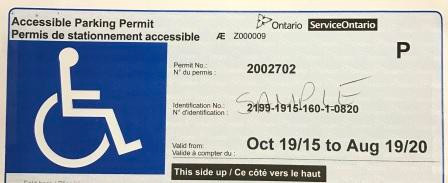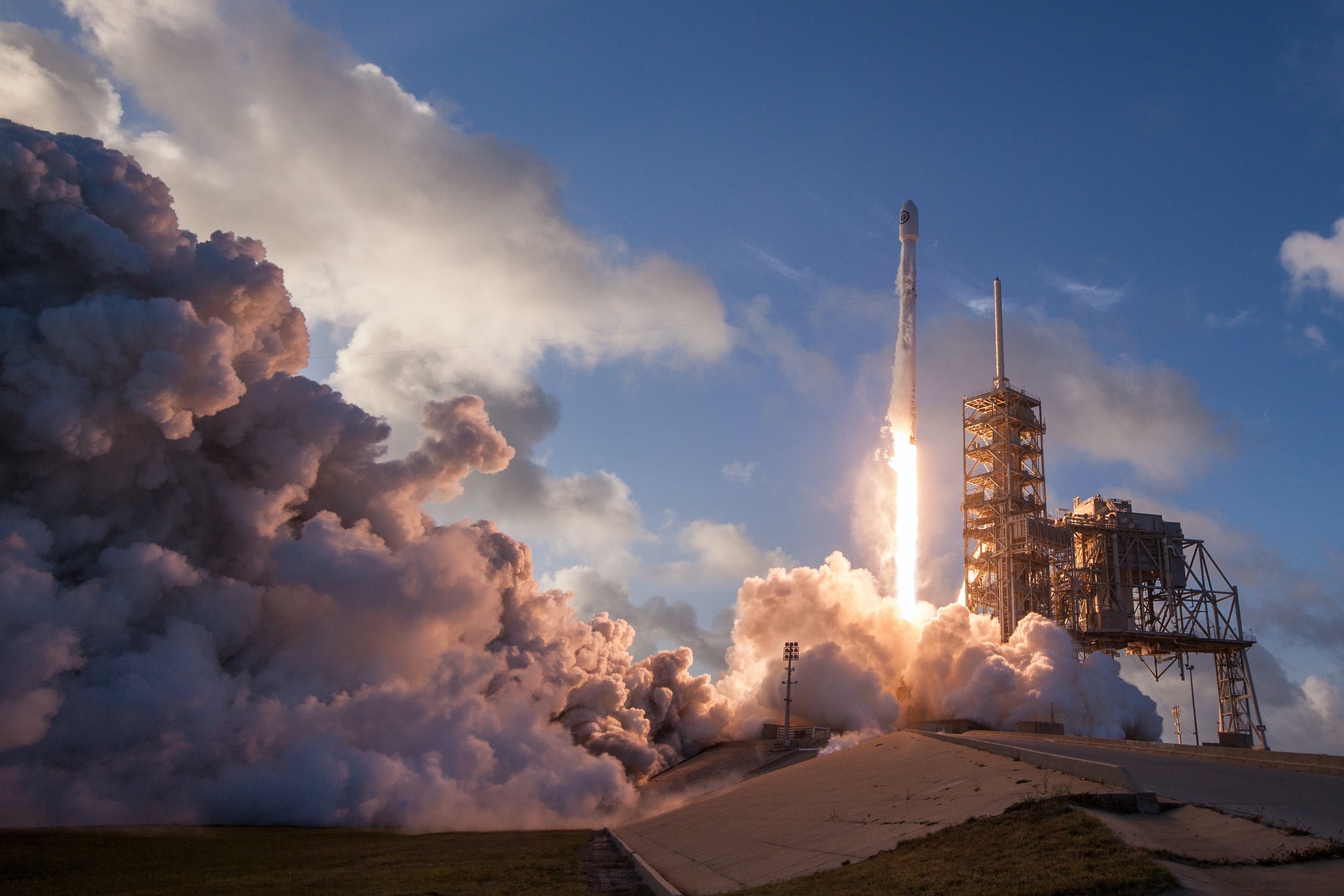The challenge of illegal, unreported and unregulated fishing
It is estimated that illegal, unreported and unregulated (IUU) fishing represents up to 20% of global seafood catch. IUU fishing has been linked to organized crime and human rights violations, such as human trafficking and slavery. Therefore, IUU fishing is a problem at the nexus of national, economic and food security, ocean health, and human rights.
Fisheries play an important role for food and economic security in many places, particularly in developing countries. Simultaneously, these nations are the most vulnerable to the impacts of IUU fishing, often a result of limited resources allocated to enforcing regulations.
While policy and capacity development instruments are essential to combating IUU fishing, the private sector plays an important role in driving market dynamics and demand for seafood products. By strengthening the ability of companies to identify IUU fishing in their supply chains, the industry could help cut off the lifeline that supports illegal fishers, by making it harder for them to sell their catch.
The role of the seafood industry
In recent years, the seafood industry has become a steward of the ocean, committed to combating IUU fishing. For example, in February 2021, a global coalition of over 150 retailers and seafood companies released a joint statement recognizing the importance of collectively addressing IUU fishing.
Significant strides have been made by strengthening traceability and oversight to better understand the origin of products. However, knowing where something comes from does not guarantee it was legally, responsibly and sustainably sourced. Taking this additional step requires data, methodologies and company resources. Yet, current risk assessment practices are not standardized.
Most companies have informal risk assessments, which lack a clear definition of IUU fishing risk and are mostly reactive to threats facing their operations. It is essential to standardize how various stakeholders across supply chains approach risk assessments.
Two major challenges that I have perceived as common to most actors are:
1. Limited capacity to manually access multiple and scattered data sources, for example, official lists of IUU-associated vessels, and ports known to implement stricter regulations to inspect incoming vessels.
2. Difficulty to analyze and cross-check information received from suppliers to identify activities at sea, such as no operations inside the boundaries of no-take marine protected areas.
Supporting the seafood industry with tech and data
New data and technological capabilities are unlocking innovative ways to monitor activities at sea. For example, AI-powered electronic monitoring systems can reinforce observer programs to increase coverage. Satellite-based data analyzed through machine learning can show when a vessel is likely to be transiting, fishing, or even meeting with another vessel. Finally, databases have enabled detailed inspection of vessels' history, including changes in names and their ownership. All these data combined could be used to provide a comprehensive picture of the vessel’s identity and activity.
New partnership unlocks data to support the seafood industry combat IUU fishing
The Supply Chain Risk Tool (SCRT) project is a partnership between the Friends of Ocean Action at the World Economic Forum, FishWise, Global Fishing Watch, and the Stanford Center for Ocean Solutions.
During the first quarter of 2022, with the generous support of the UK’s government Blue Planet Fund, the SCRT team led a user-centered design process with over 70 seafood supply chain stakeholders that included representatives from seafood companies, and industry associations to understand current risk assessment practices, challenges, and opportunities for improvement. The results were published in April 2022, informing the design of a data-driven solution and proof of concept to use satellite data to ‘observe’ vessel activities at sea.
With the results from this report, our team will continue to work with industry stakeholders to design a solution that can be easily incorporated into existing operations and provides clear explanations of risk and initial suggestions to act upon it. Our goal is to standardize the way in which IUU fishing risk is assessed and to promote transparency and data sharing for more comprehensive risk assessments. This partnership offers an opportunity to translate renewed industry commitments into progress towards eliminating IUU fishing.
There is genuine willingness to fish sustainably and in a way that does not harm nature or the people who rely on the ocean. Fishers recognize that depleted resources translate into job losses. Business leaders want to do the right thing, as well – but lack the tools to do so. This is why the SCRT project is so important and motivating. Making data and tech solutions available to address sustainability challenges will benefit people and the ocean alike.
Written by
Alfredo Giron-Nava, André Hoffmann Fellow, C4IR SF and Stanford Center for Ocean Solutions
This article is part of the World Economic Forum Annual Meeting. The views expressed in this article are those of the author alone and not the World Economic Forum.
Source:






Comments